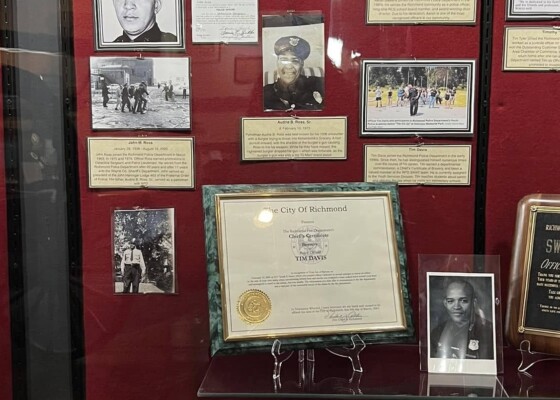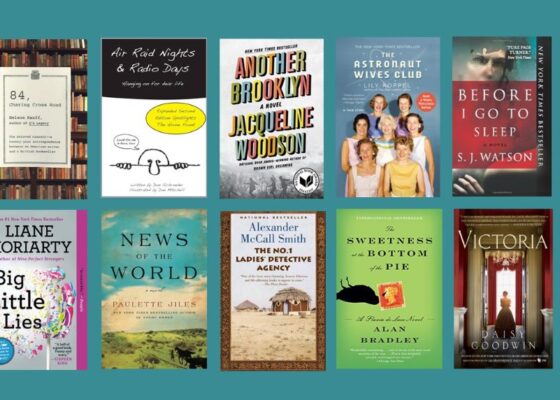Frankenstein Friday: 8 Books to Read If You Loved Frankenstein
December 21, 2018The Last Man by Mary Shelley (1826) Why not try another by Mary Shelley? Frankenstein wasn’t Shelley’s only foray into science fiction; The Last Man is a post-apocalyptic novel imagining…
The Last Man by Mary Shelley (1826)
Why not try another by Mary Shelley? Frankenstein wasn’t Shelley’s only foray into science fiction; The Last Man is a post-apocalyptic novel imagining a world ravaged by plague. The novel opens with the writer claiming to have found a series of prophetic writings on leaves while exploring outside Naples in 1818. She has edited the writings, which tell the story of Lionel Verney, a man living at the end of the 21st century.
Doctor Faustus by Christopher Marlowe (1592) or Faust by Johann Wolfgang von Goethe’s Faust (1790/1831)
Whichever version of the Faustian story you pick, there’s much to connect to Mary Shelley’s Frankenstein. The character of Faust has a long history in German myth, serving as a warning against hubris. Having learned all he can and mastered all subjects, Faust makes a deal with the devil for additional knowledge and learns the consequences of his desire for power.
R.U.R. by Karel Capek (1921)
Ever wonder where the term “robot” comes from? Capek, a Czech writer, wrote a play in which “roboti” are made from organic materials in a factory. Capek’s story is the first to imagine mass-produced non-humans and also the first to imagine a world in which humans unintentionally engineer their own destruction.
“Moxon’s Master” by Ambrose Bierce (1899)
Looking for a story with an Indiana connection? Ambrose Bierce grew up in Wabash, Indiana and is best known for his Civil War writings. Possibly inspired by chess-playing automatons that traveled as entertainment during Bierce’s lifetime, the story doesn’t end well when the robot loses the game of chess.
Do Androids Dream of Electric Sheep? by Phillip K. Dick (1968)
Better known as the source material for the film Bladerunner, Dick’s work of science fiction explores many of the same themes as Frankenstein. Like Shelley’s novel, Dick asks us to consider whether the creatures that man has created – in this case, androids – are capable of feeling empathy. Is empathy what makes us human?
He, She and It by Marge Piercy (1991)
Piercy’s 1991 novel intertwines a post-apocalyptic story of a woman who enlists the help of an empathetic post-human with the Jewish story of the golem Joseph – a creature made out of clay that comes to life to protect Jewish individuals from persecution in 1600’s Prague. Piercy writes, “Every artist creates with open eyes what she sees in her dream,” – true of the characters of the novel and Mary Shelley alike.
Oryx & Crake by Margaret Atwood (2003)
The first book of Margaret Atwood’s Maddaddam trilogy features a group of post-human Crakers, genetically engineered hybrids that contain all the best innovations nature has to offer. Their creator, Crake, is another study in the motivations of scientists, responsible innovation, and the limitations of the human.
Never Let Me Go by Kazuo Ishiguro (2005)
Ishiguro’s genre-bending novel asks important questions of medical technologies, particularly cloning. In the future described by Ishiguro, readers are invited to contemplate agency, memory and whether or not dignity should be considered a human right.


